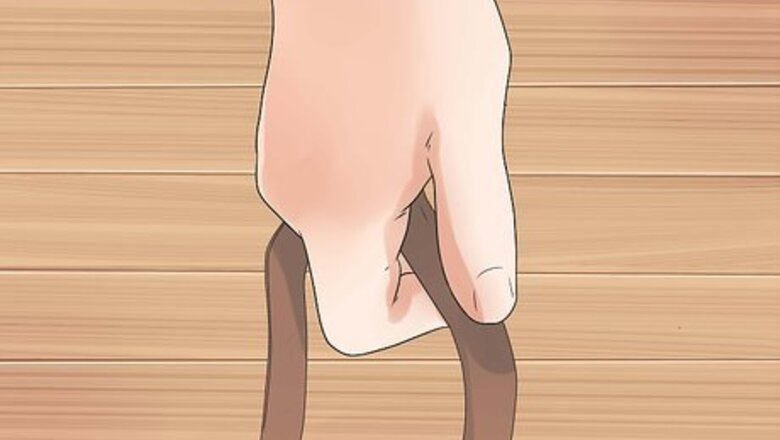
views
Getting Started
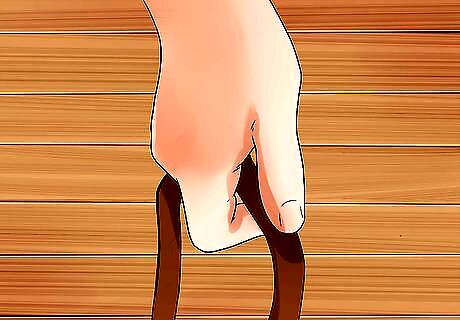
Use a suitable collar and leash. While the dog is still learning good walk behavior, use a non-extendable leash between 4 and 6 feet long (1.2–1.8 meters), and avoid chokes, prong collars, and other collars that cause pain to the dog. You can use a head halter or "no-pull" front attachment harness to minimize the amount a large, energetic dog can pull, but be aware that you should not strain on the leash either, due to the risk of serious damage to the dog's neck. An extendable leash makes the dog pull on the leash even when it's supposed to move, making training difficult. Long, extendable leashes are better suited for playing at the dog park.
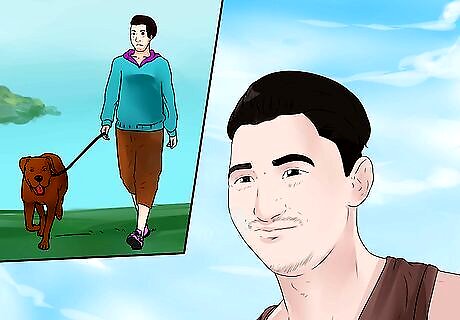
Plan on short walks. Until your dog follows you on the leash without pulling or constant stopping, consider your walks training sessions. Like all training sessions, they work best when they're short, frequent, and fun for the dog. Try taking a five minute walk twice a day, and increase that up to ten minutes only if your dog stays focused on the training exercises described below. Since this is less exercise than a dog needs, supplement walks with a drive to a dog park, or energetic games of fetch or tug-of-war in a backyard or hallway. If convenient, get this exercise done before the walk, so the dog is less rambunctious.
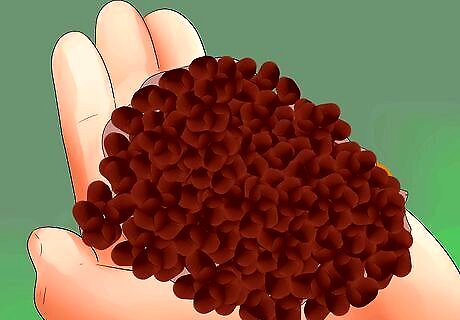
Choose a treat to use only while walking. Almost all of the training methods below involve giving your dog treats, an excellent motivation for dogs that will help it learn good behavior. Pick something the dog gets excited about, preferably something with a strong smell and soft enough to eat quickly during a walk. Give this treat only during a walk, and only as described in the instructions below. Try pieces of hot dog, cooked chicken or ham, cheese, jerky treats, or freeze-dried liver. Many dogs even like fruits and vegetables, but avoid grapes, raisins, onions, garlic, chives, avocados, unripe tomatoes, and inedible seeds. Cut the treats into pea-sized pieces. You'll be feeding the dog a lot of these, so they need to be small to avoid overfeeding.
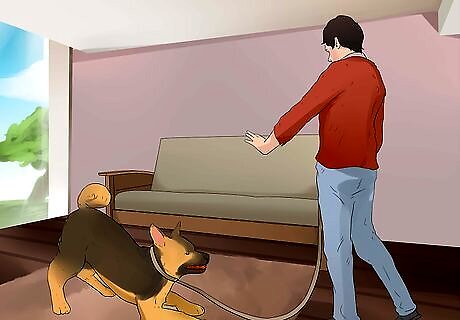
Start indoors if the dog is completely untrained. If the dog strains at the leash the entire walk, barks or runs at passersby, or if you've tried the training methods below and the dog won't pay attention to them, start out indoors or in your backyard, where there are fewer distractions. You can use the ordinary training techniques described below, walking around the yard or apartment, or get a training clicker and use these training lessons that you can do in a small area: Put the leash on and stand at the end of it, so it is taut. When the leash goes slack, click the clicker and show the dog a treat in your hand. Put the treat on the ground next to your left foot. Move to the end of the leash, and repeat several times. Once the dog learns to stay near you (which may take several 5-minute sessions), toss a treat pass the dog's nose, within range of the leash. If the dog comes back to you after eating the treat, click again and put a second treat down next to your foot. Repeat this training exercise until the dog returns to you consistently.
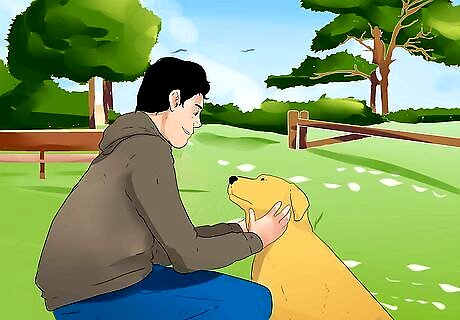
Teach the dog to stay calm before a walk. If your dog starts jumping or barking when it sees you pick up the leash, stand there patiently until the dog stops. Once it is standing still and quietly, slowly move to clip the leash onto the collar. If the dog gets excited again, pull back and wait. Don't put the leash on until the dog stays still for the whole process. Stand still again if the dog tries to bolt out the door, until the leash goes slack. Praise the dog when this happens, then walk it for a couple minutes indoors or in the yard, so it calms down before you begin on the real walk.
Training a Dog to Stay Nearby
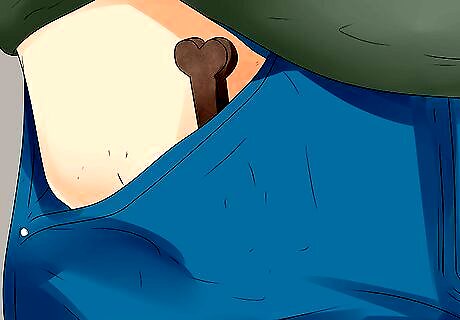
Keep treats in a pouch or pocket. Being able to reach treats immediately is important for training, so the dog learns which behavior is being rewarded. Traditionally, dogs are taught to walk on the left side, so keep the treats in a left pocket or waist pouch.
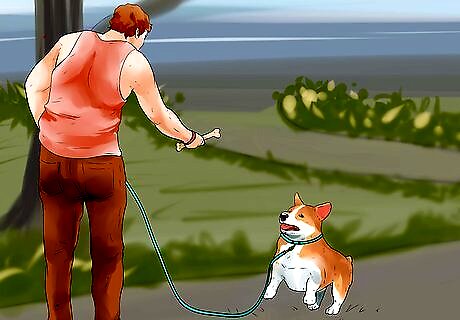
Feed the dog treats as you walk. Put a few small treats in your closed fist and walk along with your hand in front of the dog's nose. Every few seconds, pop a treat into your dog's mouth as you continue walking.
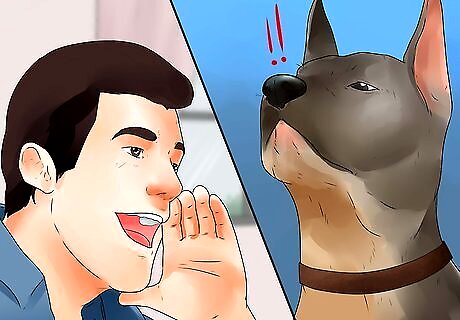
Stop and call the dog if it moves away. If the dog runs forward or hangs back, stop and call the dog to you. Continue to call the dog back patiently, until it returns. When it does, tell it to sit, feed it a treat, and praise it. Continue your walk as before, feeding it treats as you do. If the dog starts walking ahead but hasn't lunged to the end of the leash yet, say "Easy." Say "Yes" and give a treat if it responds by turning around and coming back to you.
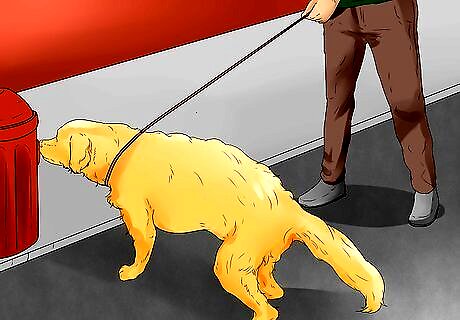
Grant permission to investigate objects. If the dog pulls at the leash to eliminate or to sniff an object, stop and call it back. When it comes, praise it, say "Yes," and let it go where it wants to go. Follow it so the leash stays slack.
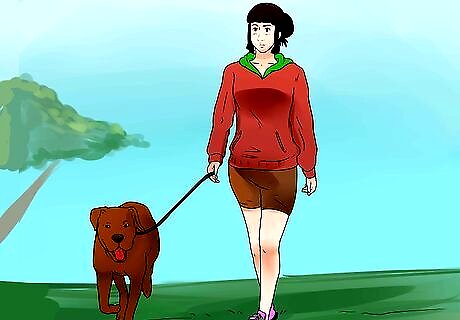
Gradually increase the duration of the walks. When you start out, you might just walk up and down the block, so the dog doesn't stop paying attention. Each day, walk a little further.
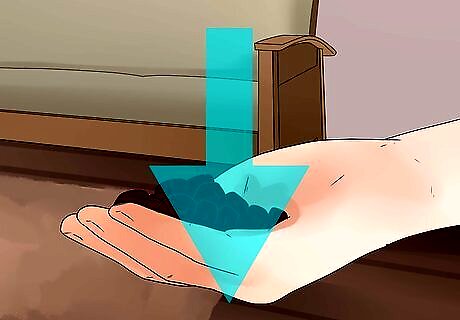
Reduce the number of treats. After at least a week of this, straighten up and keep your hand near your pocket of treats, around waist level. Every other step or so, take a treat from your pocket and lower it to the dog. If the dog can walk for several minutes without pulling on the leash, you can slowly increase the number of steps between treats. Try to reach one treat per minute within a couple weeks.
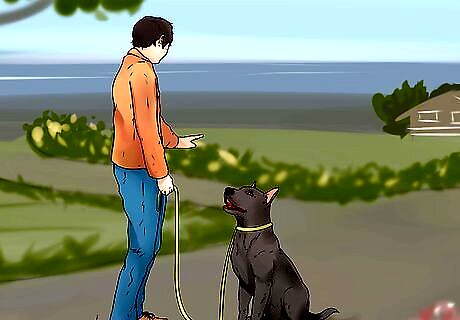
Use punishment sparingly. Dogs have trouble understanding the purpose of punishment, which makes it an ineffective motivation technique. You should only use these techniques sparingly to discourage unusually bad behavior, not on every walk: Never use these techniques with a choke, pinch, or prong collar, or a head halter. If the dog ignores your commands to slow down and return to you, stop talking and turn back the way you came, tugging at the leash gently. Praise the dog when it catches up to you, then turn around and resume the walk.



















Comments
0 comment